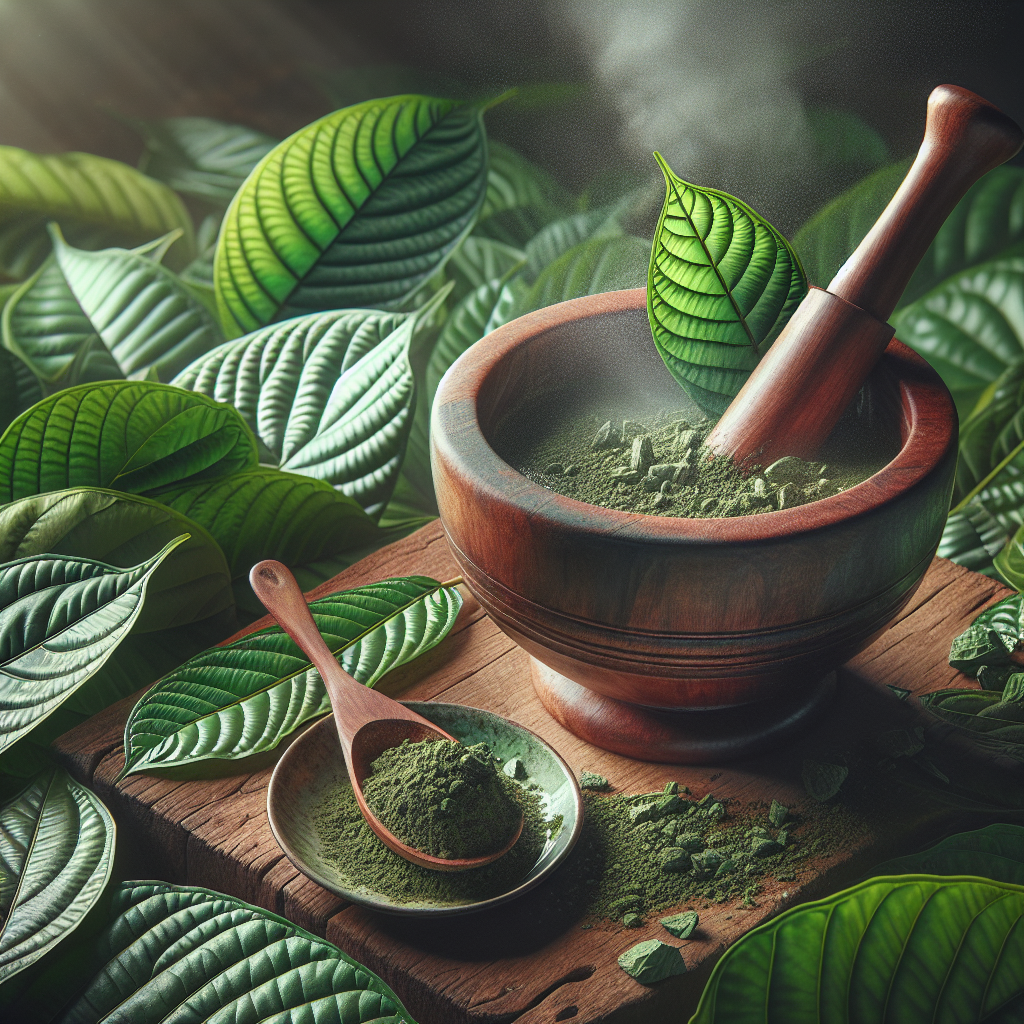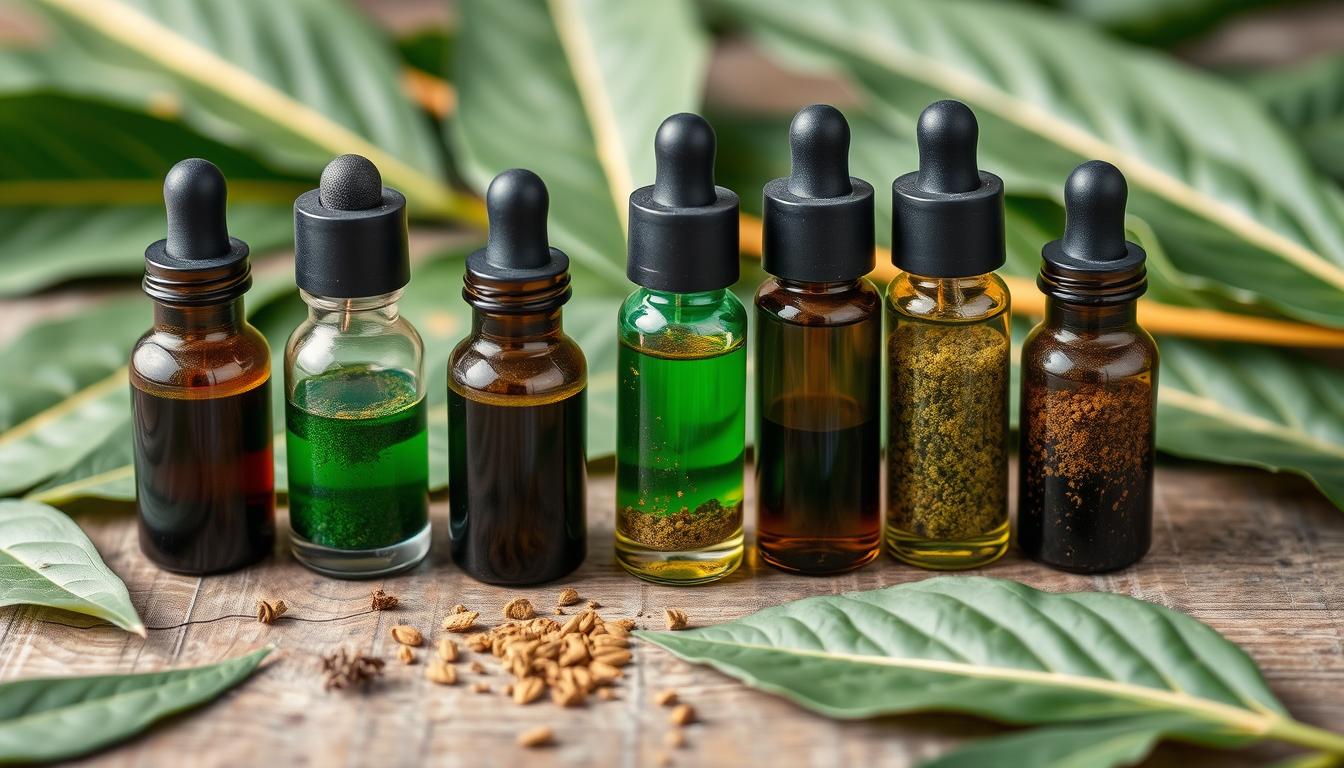Kratom has been gaining popularity in recent years, and for good reason. This remarkable herb, derived from the leaves of the Mitragyna speciosa tree native to Southeast Asia, has captured the attention of many due to its unique properties. In this comprehensive guide, we’ll explore everything you need to know about brewing the perfect kratom tea—from understanding the different strains and their benefits to step-by-step brewing methods that will enhance your experience. So grab your kettle and let’s dive in!
Understanding Kratom: A Brief Overview
What is Kratom?
Kratom is an evergreen tree that belongs to the coffee family and is indigenous to countries like Thailand, Malaysia, and Indonesia. The leaves of this tree have been used for centuries for their medicinal properties. Traditionally, locals would chew the leaves or brew them into tea for pain relief, energy boosts, or relaxation.

Kratom Benefits
- Pain Relief: Many users report significant relief from chronic pain. Energy Boost: Some strains are known for their stimulating effects. Mood Enhancement: Users often experience improved mood and reduced anxiety.
Kratom Side Effects
Like any substance, kratom can have side effects. Commonly reported issues include nausea, dizziness, and constipation. It’s essential to understand these potential downsides before diving into kratom consumption.
Kratom Legality
The legality of kratom varies widely across regions. In some states in the U.S., it is legal; in others, it is banned. Always check your local laws before purchasing or consuming kratom.
How to Choose Your Kratom Strain
Best Kratom Strains for Beginners
Green Maeng Da Kratom: Known for its balanced effects—providing both energy and pain relief. Red Bali Kratom: Great for relaxation and stress relief. White Borneo Kratom: Offers a stimulating effect—ideal for focus and energy.Kratom Powder vs Capsules
When deciding between kratom powder and capsules, consider your lifestyle:
- Powder: More versatile; can be mixed into drinks or food. Capsules: Convenient but may require higher dosages due to lower alkaloid content.
The Brewing Basics: Essential Equipment
Before we get into our step-by-step recipe on how to brew the perfect kratom tea, let’s gather some essentials:
- Kettle Fine strainer or cheesecloth Teapot or heat-safe container Measuring spoon Optional sweeteners (honey or sugar)
How to Brew the Perfect Kratom Tea: A Step-by-Step Recipe
Now that we have our equipment ready let's get brewing! Here’s a detailed breakdown of how to brew your perfect cup of kratom tea.
Step 1: Measure Your Dosage
First things first—decide how much kratom you want in your tea. For beginners, starting with 1–2 grams is advisable. Here’s a basic dosage guide:
| Strain | Beginner Dose | Moderate Dose | Experienced Dose | |-------------------|---------------|---------------|------------------| | Green Maeng Da | 1g | 3g | 5g | | Red Bali | 2g | 4g | 6g | | White Borneo | 1g | 2g | 4g |
Step 2: Boil Water
Bring around Kratom Hype two cups of water to a boil in your kettle. Remember that boiling temperature can affect the extraction process.
Step 3: Add Kratom Powder
Once boiling, reduce heat slightly (ideal brewing temperature is around 200°F). Add your measured dose of kratom powder directly into the water.
Step 4: Simmer Your Tea
Let it simmer on low heat for about 15–20 minutes while occasionally stirring. This allows all those beneficial alkaloids from the leaves to steep effectively.
Step 5: Strain Your Tea
After simmering, use a fine strainer or cheesecloth to separate out the liquid from the remaining powder residue.
Step 6: Sweeten (Optional)
If you prefer a sweeter taste, now’s the time to add honey or sugar!

Step 7: Enjoy!
Your flavorful cup of kratom tea is ready! Sip slowly and enjoy its effects as they kick in over time.
Exploring Variations of Kratom Tea Recipes
While our basic recipe works wonders on its own, there are various ways you can spice things up:
Adding Citrus Fruits
Citrus fruits like lemon or lime not only enhance flavor but may also help extract additional alkaloids from the kratom leaves.
Mixing with Herbal Teas
Combining your kratom with herbal teas such as chamomile can create a soothing blend—perfect for evening relaxation.
Kratom Brewing Methods Explained
There are numerous methods you can employ when preparing your favorite brew:
Cold Brew Method
For those who prefer a chilled beverage:
Combine kratom powder with cold water. Let it steep overnight in the refrigerator.This method yields a milder flavor but offers an enjoyable alternative!

Quick Boil Method
For those short on time:
Mix kratom powder with boiling water directly. Stir vigorously and strain after just five minutes.This method produces a stronger taste but might not extract as many alkaloids compared to longer steeping times.
Understanding Kratom Alkaloids and Their Effects
Kratom contains several active compounds known as alkaloids:
- Mitragynine 7-Hydroxymitragynine
Both play significant roles in providing pain relief and mood enhancement but vary based on strain type!
Maximizing Your Experience with Potentiators
Using potentiators can amplify effects when brewing tea:
- Grapefruit juice Turmeric Ginger
These companions work synergistically with kratom's alkaloids for enhanced results!
Storage Tips for Freshness
To maintain optimal freshness:
- Store powder in an airtight container away from sunlight. Keep capsules in cool conditions away from moisture.
Proper storage helps extend shelf life significantly!
FAQ Section
Q1: What are common side effects of kratom?
A1: Common side effects include nausea, dizziness, constipation, and dry mouth depending on dosage levels consumed.
Q2: How do I know which strain suits me best?
A2: Start with beginner-friendly strains like Green Maeng Da or Red Bali; experiment until you find what works best for you!
Q3: Can I mix different strains?
A3: Yes! Mixing strains allows users to tailor experiences according to desired effects but should be done cautiously regarding dosage levels!
Q4: Is there a risk of developing tolerance?
A4: Yes! Regular use may lead users needing increased doses over time—a phenomenon known as tolerance development.
Q5: How long does it take before I feel effects after drinking tea?
A5: Typically between 30 minutes up to an hour depending on individual metabolism rates along with consumed dosages!
Q6: Where can I buy quality kratom products online?
A6: Look out for reputable vendors offering lab-tested products with transparent sourcing practices—they're typically more reliable than unknown marketplaces!
Conclusion
Brewing the perfect cup of kratom tea is indeed an art form—one that requires knowledge about strains, preparation techniques—and most importantly—a genuine respect towards this powerful herb! By following our step-by-step guide above—and experimenting along your journey—you'll unlock new experiences while maximizing enjoyment from each sip! Happy brewing!